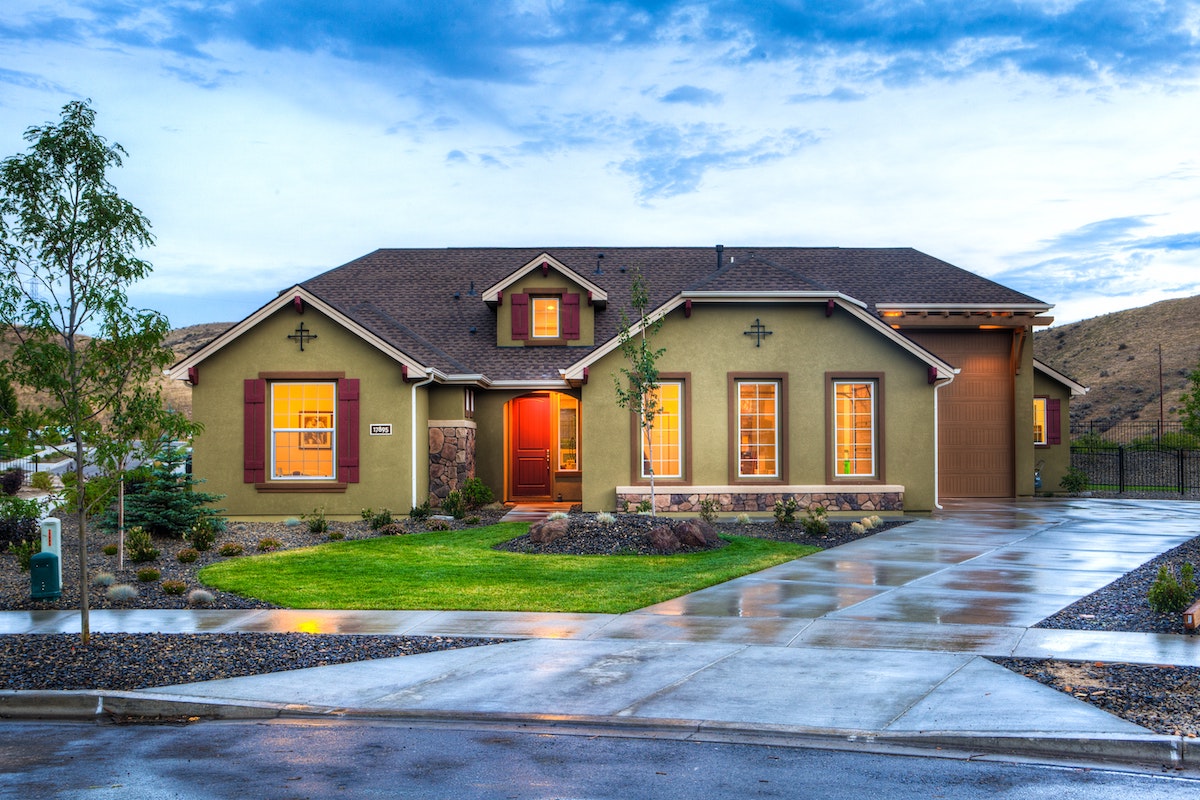As we all try to navigate the current recession, it will become evident that some consumer behaviors need to change. Many people will have less disposable income, and fewer outlets, such as travel or restaurants, on which to spend it. The overall uncertainty encourages people to be thrifty and conservative with their spending.
Specific needs, though, will remain constant. And as more people tend to refocus on the essentials, the matter of housing will fall under greater scrutiny. Does the state of the property market change your decision on where to live? And what other factors should we consider in finding and remodeling our future homes?
High demand, low supply
On the evidence of the first few months, it appears that notwithstanding some fluctuations, the pandemic has led to a general increase in residential real estate prices. This might seem surprising; after all, aren’t we in the middle of a recession?
Yet upon closer look, it’s easy to see why the housing market has been relatively immune to the negativity that’s permeating the rest of the economy. Buyers have access to the best mortgage rates; many owners have removed their properties from listings amid fear and uncertainty. It’s merely a matter of supply and demand at work.
A need to re-evaluate our homes
Will these trends persist, or will more sellers eventually re-enter the market and drive down prices? No one can be certain as of now, and the thought of maximizing RoI might lead you to hold off on buying a property with the current state of the market.
But among the many lessons we’ve learned during the lockdown is the need to be happy with your living arrangements. As offices shift to allow widespread remote working arrangements and various leisure options remain closed, we spend more time at home.
More than ever, the conditions of your living space will have a significant effect on your quality of living. Remote work is here to stay, but so is the risk of rapidly communicable diseases. Many people are on the market to buy a home where they can enjoy future lockdowns, rather than suffer.
Urban dispersion
During these times of disruption and volatility, certain attributes make a property more or less attractive to buyers who intend to live there. Foremost among them is the distance from centers of urban population density.
Proximity to the heart of the city has long been seen as something to be desired. Such a location would offer shorter travel times and lower costs to and from the majority of high-paying workplaces. It also means easy access to consumption amenities, such as restaurants, theaters, and shopping malls.
But in the age of the pandemic, more people are feeling averse to such proximity to urban centers. With a high population density comes the increased risk of transmission of disease. Municipal employers are now more likely to allow their employees to work remotely. Combined with the shutting down of many consumption amenities, there are multiple factors at work, making formerly desirable locations less valuable.
For many, the better alternative would be relocating to the outlying suburban areas near big cities. These tend to have far lower population densities, while still being sufficiently developed to afford access to many conveniences associated with urban living. Workers can telecommute while occasionally reporting to a downtown office.
Long-term costs

The second attribute to look into is the ability of a property to support aging in place. Covid-19 has exposed many problems with senior care, both in facilities and the healthcare system in general. More people would like to live out their days where they currently live, but few are confident in their ability to do so.
Future affordability is a growing concern for those seeking to age in place. In today’s housing market, you might struggle to reinvest the proceeds of a sale into a senior-friendly property and location. And as more people proceed to disperse from urban centers, competition for suburban places will drive prices up.
On top of that, changes in global supply chains can make contractors and materials more expensive. This increases the cost of any future remodeling you might need to make your home more comfortable as you grow older.
An impending decision
Now might be the time to make these two critical decisions regarding your future, and possibly final, address. Do you feel happy about aging in place in your current home? In that case, now might be the time to make changes and install features such as motion-sensitive lighting and smart home systems.
On the other hand, if you can’t imagine sitting out the next quarantine or two in your current residence, it’s probably time to scout the market for a good deal. You might not get a better one for a long time.


